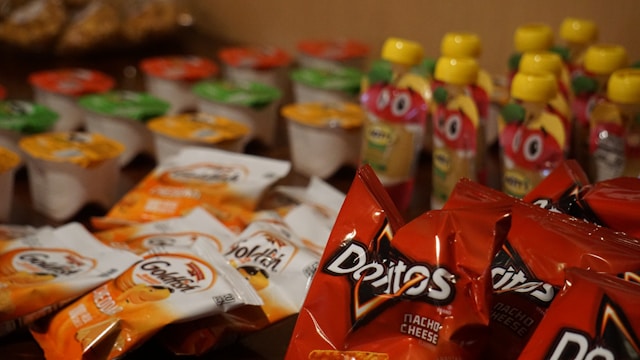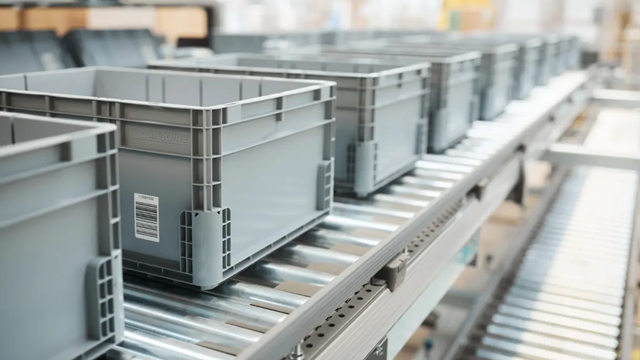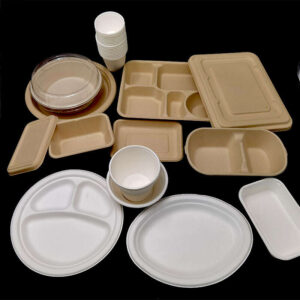Introduction
As global concerns over plastic pollution grow, the shift toward sustainable and eco-friendly alternatives has become more urgent. One of the most promising solutions is the use of plastic-free paper products, which offer an environmentally friendly alternative to traditional plastic items commonly used in packaging, foodservice, and daily life. These products are not only biodegradable and compostable, but they also help reduce reliance on single-use plastics, which are notorious for their environmental impact.
This article delves into the types of plastic-free paper products available, their applications, the benefits they provide, and how the market for such products is evolving in both developed and developing nations.
Types of Plastic-Free Paper Products
The range of plastic-free paper products has expanded significantly in recent years, offering businesses and consumers multiple options for reducing their environmental footprint.
- Compostable Paper Plates and Bowls Compostable paper plates and bowls are designed to decompose naturally when disposed of in appropriate environments. These products are primarily made from paper pulp, and many are coated with plant-based materials like cornstarch or sugarcane, which provide water resistance without the use of plastic coatings.
- Paper Cups and Containers Paper cups, often used in cafes, restaurants, and quick-service food outlets, are also available in versions that do not contain plastic linings. Instead of the traditional polyethylene lining, these cups use water-based coatings or are made from fully compostable materials. The same goes for takeout containers used for salads, soups, and other food items.
- Paper Straws and Cutlery With growing awareness of the environmental hazards associated with plastic straws, paper straws have become a popular alternative. Paper cutlery, while still relatively niche, is also emerging as a viable option for single-use utensils, replacing plastic versions that persist in landfills and oceans for centuries.
- Paper-based Packaging Materials Paper-based packaging, including boxes, bags, and wraps, is widely used in the food and retail industries. These products are often made from recycled paper or sustainably sourced paper and are designed to offer a more environmentally friendly alternative to plastic-based packaging.
Applications of Plastic-Free Paper Products
The applications of plastic-free paper products are vast, ranging from the foodservice industry to packaging and retail. Their benefits, especially in the context of sustainability, are driving their adoption across multiple sectors.
- Food Service Industry One of the largest areas of growth for plastic-free paper products is in the food service sector. Restaurants, cafes, and fast food chains are increasingly using compostable paper plates, bowls, and cups to serve food and beverages. These products allow businesses to offer eco-friendly alternatives to plastic, responding to consumer demand for sustainability and aligning with global trends toward reducing plastic waste.
- Packaging and Retail The retail sector is another key area for the adoption of plastic-free paper products. Paper bags and cardboard boxes are increasingly replacing plastic bags and containers. In addition to being biodegradable, paper packaging can be recycled, which makes it an ideal alternative for retailers aiming to reduce their environmental impact.
- Environmental and Sustainability Initiatives Many organizations and governments around the world are pushing for reduced plastic usage in an effort to combat climate change and ocean pollution. The shift toward plastic-free paper products aligns with these sustainability initiatives, contributing to a cleaner planet by minimizing waste and promoting the use of renewable resources.
- Eco-conscious Consumer Market With the growing demand for sustainable and ethically sourced products, eco-conscious consumers are actively seeking out paper products that do not contain plastic. This has led to a surge in companies marketing their products as “eco-friendly,” emphasizing the importance of sustainability in purchasing decisions.
Advantages of Plastic-Free Paper Products
Plastic-free paper products offer a number of advantages that contribute to their growing popularity across industries and markets.
- Environmental Benefits The most significant advantage of plastic-free paper products is their environmental benefit. Unlike plastics, which can take hundreds of years to decompose, paper products break down more quickly, reducing the amount of waste in landfills and oceans. Moreover, many paper products are made from recycled materials, which helps reduce deforestation and minimize resource depletion.
- Health and Safety Considerations Plastic-free products are also often viewed as safer alternatives for food storage and consumption. Certain plastics, particularly those that contain chemicals like BPA, can leach into food and beverages, potentially posing health risks. By contrast, paper products are typically free from these harmful chemicals, making them a healthier option for consumers.
- Consumer Demand for Sustainability As more consumers become aware of the environmental impact of their purchasing decisions, the demand for sustainable products has surged. Companies that offer plastic-free paper products not only meet this demand but also position themselves as responsible brands that care about the planet. This shift is especially noticeable among younger consumers, who are more likely to prioritize sustainability in their purchasing choices.
- Cost Implications While plastic-free paper products are often more expensive than their plastic counterparts, the increasing availability of sustainable materials and the rise of mass production have helped lower costs. As the market expands, these products are expected to become even more affordable, making them accessible to a broader range of consumers and businesses.
Market Trends in Developed Countries
In developed countries, particularly in Europe and North America, the market for plastic-free paper products has seen rapid growth, driven by both consumer demand and government regulations.
- Growth of Eco-friendly Packaging The demand for eco-friendly packaging is a significant driver of this trend. Countries like the United Kingdom, Germany, and the United States have implemented stricter regulations on plastic waste, which has spurred the shift toward more sustainable packaging options, including paper-based products.
- Consumer Awareness and Regulations The increasing awareness of environmental issues and the role of plastic in pollution has led to significant regulatory changes in developed countries. For example, the European Union has introduced a ban on single-use plastics, encouraging businesses to switch to alternatives like paper products.
- Key Market Players and Innovations Companies such as Eco-Products, Biopak, and World Centric have become leaders in the market for plastic-free paper products, offering innovative solutions for foodservice, packaging, and more. These companies are investing in research and development to create more efficient and sustainable paper products, including those that are fully compostable and free from synthetic coatings.
Market Trends in Developing Countries
While the adoption of plastic-free paper products is growing in developing countries, the pace is slower due to economic, infrastructural, and educational challenges.
- Adoption of Sustainable Alternatives Despite challenges, countries such as India, Brazil, and Kenya have seen a rise in the use of paper products in packaging, especially in urban centers. This shift is driven by increasing awareness of environmental issues and the availability of cost-effective alternatives.
- Challenges and Barriers In many developing nations, the primary barrier to widespread adoption of plastic-free paper products is cost. Paper-based products are often more expensive than plastic, making them less attractive to businesses and consumers in price-sensitive markets. Additionally, waste management systems in many developing countries are not yet equipped to handle the large-scale composting of paper products.
- Growth Potential and Future Outlook Despite these challenges, the potential for growth in developing countries remains high. As global initiatives continue to push for the reduction of plastic use, companies in developing nations are likely to embrace paper products as part of their long-term sustainability strategies. International organizations and NGOs are also playing a crucial role in promoting sustainable practices in these regions.
Conclusion
The market for plastic-free paper products is poised for continued growth, driven by consumer demand for more sustainable alternatives and stricter regulatory measures aimed at reducing plastic waste. As businesses and governments work toward more sustainable practices, the adoption of these products is expected to rise in both developed and developing countries.
The shift toward plastic-free solutions represents a critical step in addressing the global plastic pollution crisis, and as the market for these products continues to evolve, the world moves closer to a more sustainable future. By embracing these alternatives, consumers and businesses alike can contribute to a cleaner, healthier planet.
References
- European Commission, “Single-use plastics: new EU rules,” europa.eu.
- Ellen MacArthur Foundation, “The New Plastics Economy: Rethinking the Future of Plastics,” ellenmacarthurfoundation.org.
- Grand View Research, “Paper Packaging Market Size, Share & Trends Analysis Report,” grandviewresearch.com.











